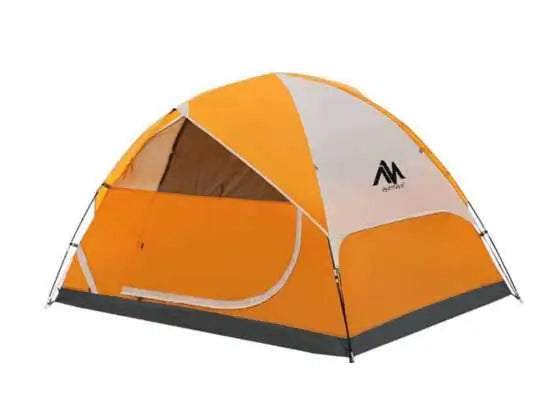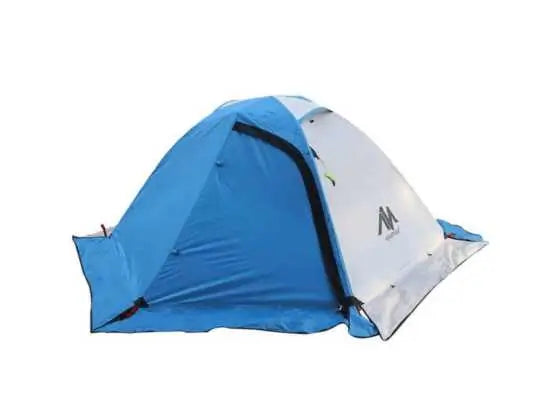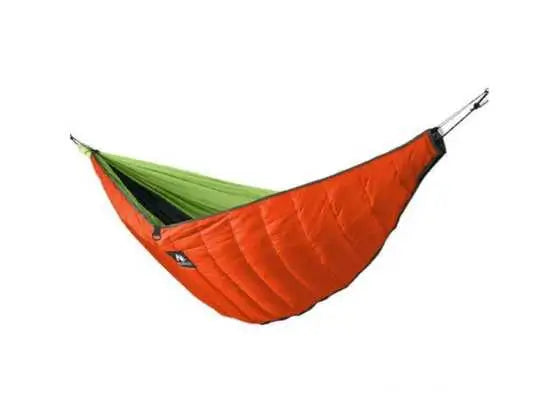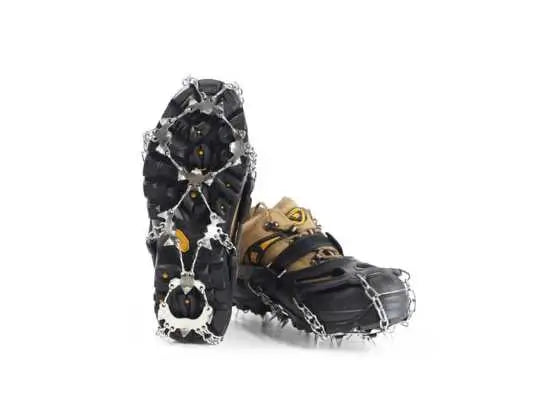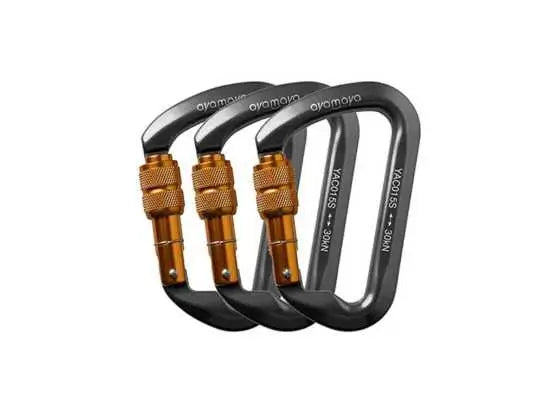Introduction
What comes into your mind when you think about wild camping in winter? Everyone has their feelings about it; some will be happy with it while others feel bad about it. We do not have to take it as a moment for endurance, but we can learn the tips to guide us to a memorable trip.
If you are new to winter camping, you should prepare. It is not everyday tent life. You ought to learn some tips to rid yourself of some pointers that may make your experience less fulfilling.
Note that it is winter camping, and the first thing you should have in mind is clothing. Get the correct types of clothes for winter camping. Check out our guide on what it takes to enjoy your winter camping.
The tent type you choose is vital

You will find many types of tents out there which all promise to be the best. If you are a whole time camper, you should consider a robust tent that will work well during all seasons. While the idea of a lightweight tent seems impressive, you should be aware that the winter months will need something different. A winter tent ought to stand the heavy snow, torrential wind and heavy rainfalls. Be sure to do your due diligence before purchasing a tent.
Carry sufficient water
It is winter, and the streams and water sources will be freezing. The temperatures here are almost zero, and the water you are carrying may also freeze. Be aware that the melting ice may not bore fruits, and it may still freeze inside the bottles. Find liquid water, but if you cannot get it, you can use a stove to melt ice and preserve the water that you get in a thermos flask. If you have the water in the bottle, make sure that you keep it close to your body because the body temperature will maintain it.
Settling in
Once you have set up your tent, do not linger. If there is any available water, fetch for the night. If everything is frozen, chisel out a supply of ice - you will need more than you think. You will then set up your sleeping mat and sleeping bag, as well as the rest of your gear inside your tent. If the weather is cold, get inside your sleeping bag right away; it's far easier to stay warm than it is to become chilled and then have to warm up.
Before placing wet/damp garments inside the bag where you keep your dry clothes, turn it inside out. When you repack your spare clothing in the morning, the interior of the bag will still be dry.
Remove your outer layer and boots. If the weather is not too cold, you can leave both on the tent porch overnight, but if it is below zero, you should place them in a dry-bag or polythene bag and keep them inside the tent — frozen boots can be all but impossible to remove and It's tough to put on first thing in the morning. If feasible, keep your shoes off the ground and on top of your bag. Change out of any damp clothes you are wearing and into the dry spare clothes you have brought with you. It's surprising how dry a base layer may feel when worn all day, but as you stop exercising, the moisture in your thermals will quickly steal your body heat. Although it will be hard to put damp/wet clothes back on in the morning, you will have spent the night dry and comfortable and will be ready for the next day.
The tent should be dry from the inside!
Your stay will be very uncomfortable if your tent is wet from the inside. You can control this by reducing the movements into and outside the tent. Frequently going inside and outside the tent implies that you will be carrying the snow to the tent. When you are out and your clothes are caked with snow, leave them outside, or put them outside the plastic bag before bringing them inside the tent. If snow or ice gets inside the tent, don't wait for it to melt! Clear them as soon as possible because you want to stay warm in your tent.
Cooking preparations

Winter camping must never interfere with your regular dieting. It is prudent to take a hot meal just before you sleep because that will create momentum to propel you over the night. Have a warming cup of tea during the morning and some hot drinks in the flask that you will be betaking throughout the day.
The weather often dictates what you do in the shelter of the tent porch in the winter, but safety and ventilation are essential. Some tent porches are too small to use a camping stove, so double-check your measurements.
If you have a gas stove, make sure it's a butane/propane mix; butane alone won't keep you warm in the winter. Keep the gas cylinder off of the snow or cold ground; in any case, it will perform more efficiently.
The second step is to restrict cooking time to a bare minimum, as condensation will form inside the flysheet and maybe the tent inner. If your tent allows it, leave the porch door zip undone from the top unless there's a big storm, and situate the stove below it so steam can escape.
If you have to cook outside of your tent, make sure your stove is protected and that you have enough spare clothing to avoid becoming wet or chilled.
Toilet matters
When winter camping, you should prepare for dealing with human waste. We should always be environmentally sensitive when handling human waste. It is prudent to learn the basics. Remember that there are no toilet facilities when camping, and you will need to pee or poo. When urinating, ensure that you are doing it in a place far away from water sources, and it should be a distance away from your campsite or any other building. Wash your hands afterwards using a sanitiser or anything else.
When dealing with poo, it gets a little more challenging because it demands a lot of thought and planning. Use a toilet before you go out for winter camping. When using a composting toilet, then stick to the rules. When you are hill-climbing, you should make prior preparations.
You can either dig a hole and bury it or bag it and carry it out.
There isn't a mountaineering culture of bagging and binning faeces in the UK, which some may find repulsive. However, with some thought, it is a simple and safe alternative that may be the best option where digging a pit to bury it appears onerous.
Carrying a sleeping bag and mat
You'll need an excellent sleeping bag for the winter, but you'll also need to consider bulk and weight. Sleeping bags are categorized into four seasons: one, two, three, and four. Down sleeping bags have long been thought to provide the best insulation for the least amount of bulk and weight. When damp, however, down loses its insulating characteristics. Do not make a hasty decision while purchasing a sleeping bag.
Because you'll be sleeping on chilly ground or snow, your sleeping pad is just as crucial as your sleeping bag. Sleeping mats come in a wide range of styles, from essential foam pads to down-filled airbeds, and you will have to assess the usual considerations – weight, size, and cost – as well as the insulation properties. A knowledgeable partner or a reputable store will be able to assist you.
How to keep yourself warm at night

It's possible that staying warm entails more than just slipping into your five-season bag. At the very least, a good bag will include a drawcord to keep the heat in. Use this: a lot of heat can escape via the sleeping bag's mouth. You should also be able to draw the hood around your head so that only your eyes, nose, and mouth are exposed, but if this feels too confining, at the very least, wear a fleece or woollen cap in bed to keep your whole body warm.
Pull the drawcord snugly beneath your armpits if you're doing anything in the tent that requires your arms to be accessible for any length of time. It keeps your body heat inside the bag from escaping, and you can always put on a down jacket to keep your arms and shoulders warm.
Keep your (dry) clothes on inside your sleeping bag if it's freezing outside. The traditional adage that sleeping naked in a sleeping bag keeps you warmer is simply wrong.
What to do in the morning
In the morning, don't be too quick to get out unless it's to answer the call of nature. Before leaving the comfort of your bag, you may be able to prepare and enjoy breakfast, as well as begin packing your rucksack.
Remember that if it is cold during the night, the morning will be even more frigid, so stay as warm as you can until you start moving and generate more warmth through movement.
When you do decide to leave the comfort of your bag, plan ahead of time:
- Get dressed in your day's clothes and footwear.
- Finish packing everything into your rucksack.
- Takedown and pack away your tent.
It should be a well-rehearsed sequence of activities, and you should be able to leave in minutes, as the longer you spend packing, the colder you will become.
Pack your rucksack with a wet pair of gloves, as cramming a chilly, damp, frosty tent into your backpack will quickly wet a lovely dry couple. Also, keep your insulated jacket on until you're ready to go, then shove it in the top of your pack, so it's handy for rest stops.

